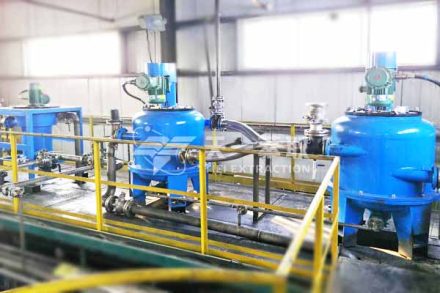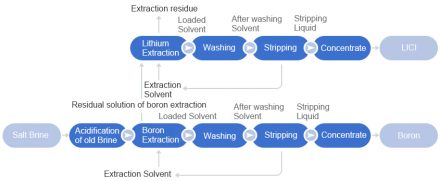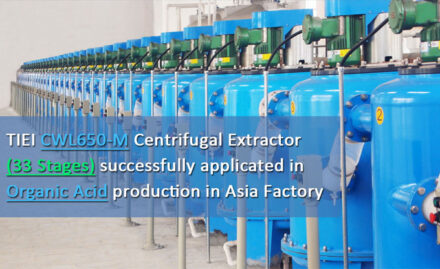5-aminolevulinic acid (ala) is a kind of aminoketo acid compound, which can be used as an intermediate in the biosynthesis of porphyrin, heme and other tetrapyrrole compounds, and has great application value in agriculture, medicine and other fields. In agriculture, ALA can be used as herbicide, insecticide, plant growth regulator, etc; In medicine, ALA, as a new generation of photodynamic drugs, can be used in cancer treatment, tumor diagnosis, skin disease treatment and so on.
The wide application prospect of 5-aminolevulinic acid (ala) has aroused great interest in its development and utilization. The production methods of ala include chemical synthesis and biological fermentation. Compared with the chemical synthesis method, the biological fermentation method to produce ala is simple in operation, low in cost, and suitable for the needs of green chemical industry and sustainable development.

At present, recombinant Escherichia coli fermentation has been able to significantly increase the accumulation of ala in the fermentation broth. However, due to the unstable physical and chemical properties of ala, it is easy to absorb moisture in the solid state, and condensation reaction is easy to occur in the liquid state. Temperature, ph, etc. will affect the stability of ala. These properties bring certain difficulties to the separation and purification of ala. How to separate and purify 5-aminolevulinic acid (ala) from fermentation broth?
Now we provide you with a method to separate ala from fermentation broth:
• Filtration. Firstly, the fermentation broth with bacteria was treated by hollow fiber ultrafiltration membrane module. the recovery rate of ala was 86.5%, and the decolorization rate was 54.4%;
• Dewatering and concentration. The ultrafiltration permeate was concentrated by reverse osmosis with a yield of 2%;
• Extraction. The total yield of ala was 79.8% when reverse osmosis concentrate was extracted by centrifugal extractor.
• Refining. In the refining and purification process of 5-aminolevulinic acid hydrochloride, the stripping aqueous phase was concentrated by vacuum rotary evaporation at 65 ℃, and the product recovery was 99.2%;
• Crystallization. The concentrated solution is cooled and crystallized. The yield of primary crystallization is 6%, and the total yield of two-stage crystallization is 80.1%; The purity of alahcl in the white needle crystal is 99.5%.








